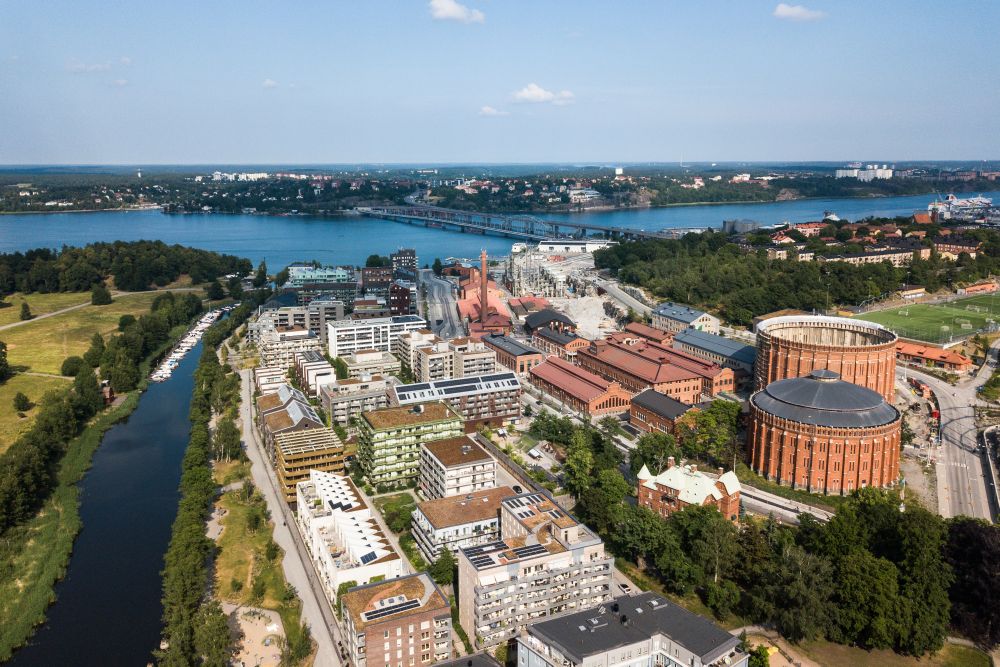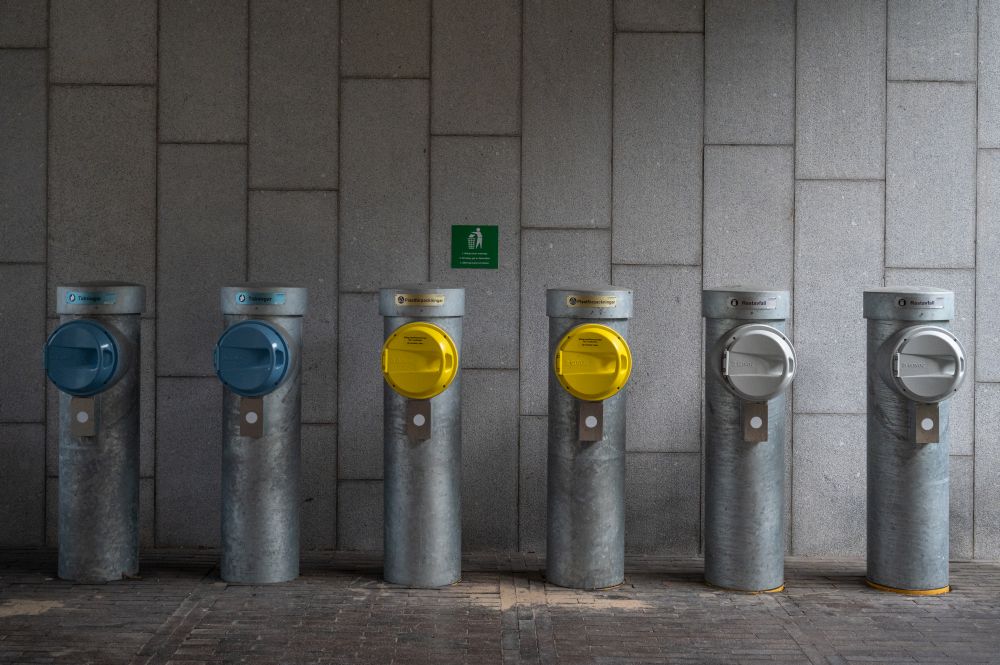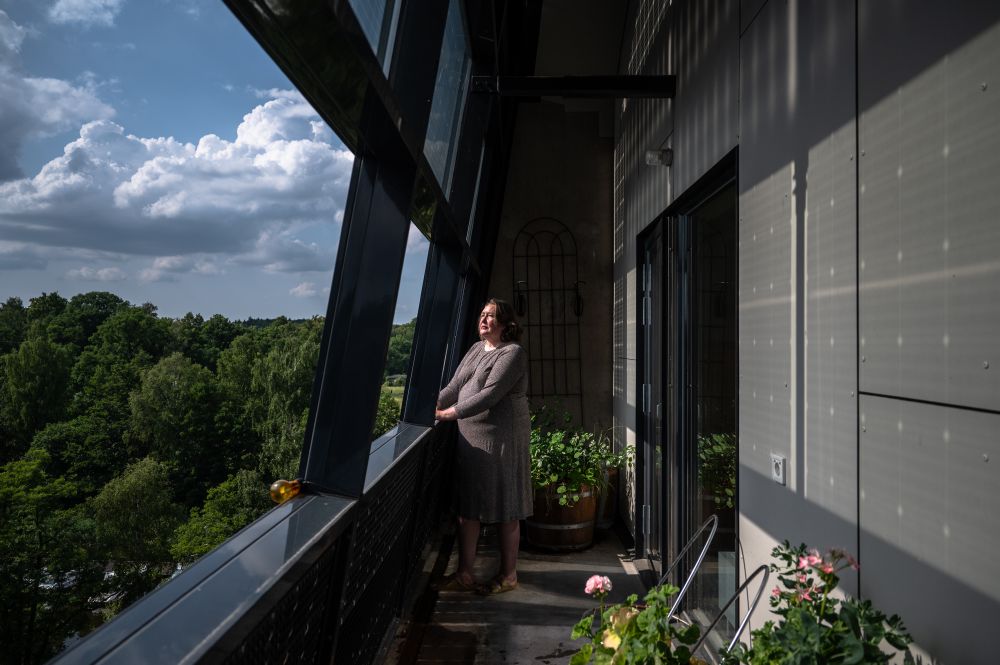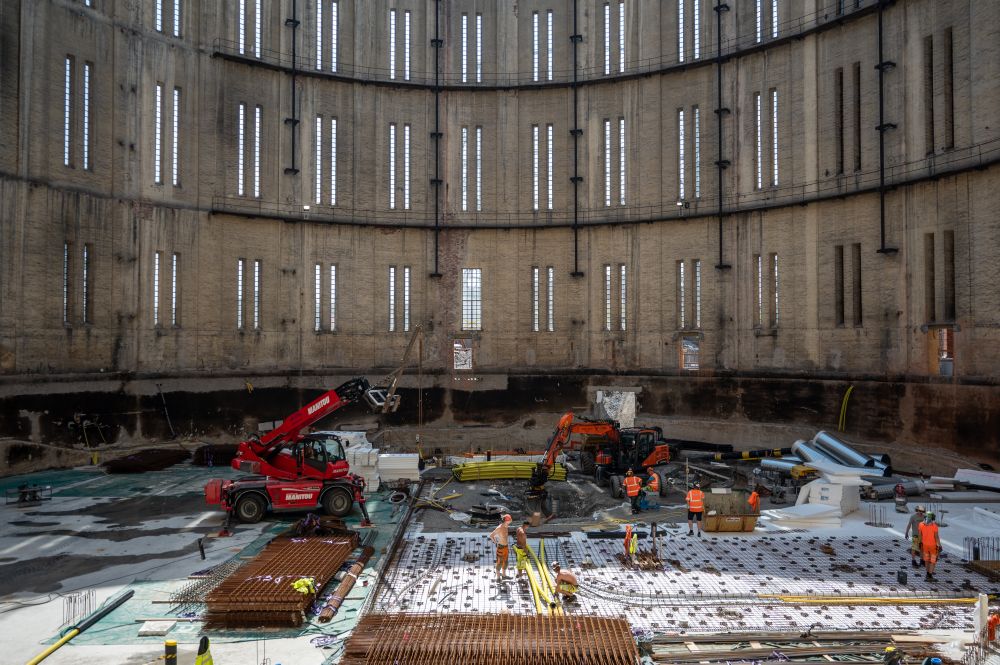Stockholm's Royal Seaport: A Pioneering Sustainable Neighborhood
Text by Agostino Petroni
Photos by Alessandro Gandolfi/PARALLELOZERO
Abridged by Syharn Shen (沈思含)
Stockholm's Royal Seaport: A Pioneering Sustainable Neighborhood
Text by Agostino Petroni
Photos by Alessandro Gandolfi/PARALLELOZERO
Abridged by Syharn Shen (沈思含)

This is an aerial view of the Royal Stockholm Seaport between the Royal National Park and the Gasverket area.
Amidst the serenity of young parents enjoying the Royal Seaport neighbourhood in Stockholm, there echoes a promise of an innovative sustainable housing project. "It's not a one-off project where you invest a lot of effort in building just one or two houses," explains Staffan Lorentz, the Royal Seaport’s development head. By 2035, this area aspires to be a hub of 12,000 homes and 35,000 workplaces spanning 236 hectares.
With the increasing impacts of climate change and homes accounting for about 40% of global CO2 emissions, the European Union has prioritized creating eco-friendly homes. Yet, cities globally, facing immediate housing shortages, sometimes prioritize immediacy over sustainability.
Knowledge exists to build energy-efficient homes, but transitioning is financially challenging, and requires a long-term vision. Questions persist: Where to build these homes? Who will afford them? And how is "sustainable" truly defined? Stockholm's Royal Seaport is trying to find some answers.

The Stockholm Royal Seaport district uses a complex and effective recycling system.
Michele Montanari, recollecting the area's history, recalls its evolution from a royal hunting ground to an industrial hub in the 1850s, and later a city energy provider. It was only in the 2000s, amidst environmental concerns, that plans for eco-housing took shape. The city's vision is to establish a fossil fuel-free neighbourhood by 2030.
Stockholm invested 2.2 billion euros in the area's infrastructure, laying down standards for developers. For instance, a home should consume 30% less energy than the national average.
Linda Hoflin showcases her apartment's tight insulation, attributing it to energy efficiency. Photovoltaic panels adorn the building, and as of 2022, they produced 10% of the neighbourhood's energy. The remainder? Heat pumps using wastewater, electric boilers, and bio-oil boilers.

Linda Hoflin, 54, a former model who has become a therapist, lives in the Stockholm Royal Seaport district with her three dogs. The entire building (as can be seen from the shadow on the right) is covered with solar panels that generate clean energy for the residents.
Niclas De Lorenzi, of Stockholm Exergi, lauds the region's unique energy plans, hinting at future endeavours like large-scale Bio-Energy Carbon Capture and Storage projects.
However, the Royal Seaport's vision isn't without its challenges. Residents, like Pedro Rodriguez, both applaud and critique the developments. The scarcity of parking spaces is intentional, promoting eco-friendly transportation. Yet, Rodriguez points out the high costs, remarking, "This should be standard, not aspirational." Lorentz acknowledges the steep prices but remains optimistic about making future housing more accessible.
Presently, the Royal Seaport's vision is 20% realized, hosting over 600 companies and 3,000 housing units, with historic 19th-century structures coexisting with modern buildings.
Beneath the historic Gasklocka 2, set to become a concert venue, Lorentz reflects on the project. "We're still learning," he admits. He believes the Royal Seaport, while in its infancy, has the potential to guide future sustainable projects, both in Stockholm and globally.

Renovation work is carried out at one of two "gasverkets," which once housed the gas that heated the city and will soon become a hotel and concert venue in the heart of the Stockholm Royal Seaport district.
Contact Us | Plan a Visit | Donate
8 Lide Road, Beitou 11259, Taipei, Taiwan
886-2-2898-9999
005741@daaitv.com
©Tzu Chi Culture and Communication Foundation
All rights reserved.
